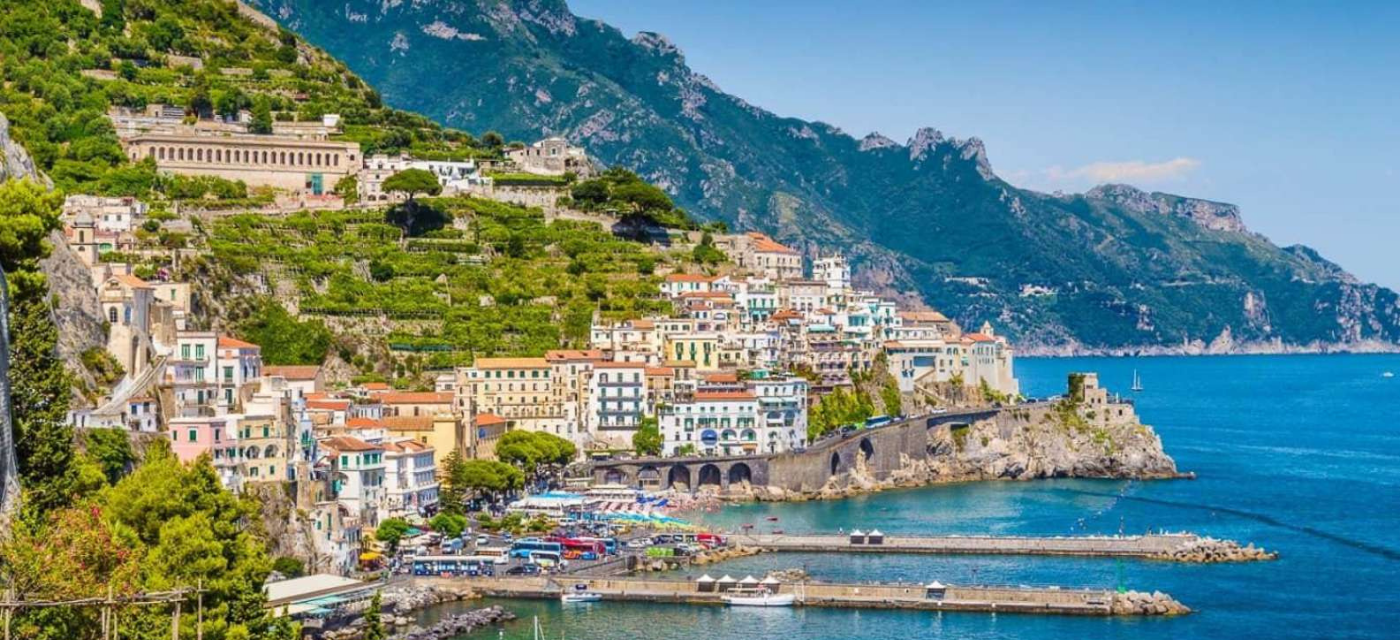
As an Ancient Maritime Republic, Amalfi is one of the most famous cities of the Amalfi Coast, and thanks to its natural beauty and the historical and artistic patrimony, in 1997 it was declared World Heritage by UNESCO. According to an old tale, the god Hercules fell in love with a beautiful woman named Amalfi, however, she died prematurely. Afterwards, Hercules decided to bury her body in Amalfi, and honor the city with her name. Legends aside, Amalfi seems to hold Roman origins: thanks to its location, the city has been able to turn the maritime activity and market into a relevant source of profit. After the IX century, Amalfi managed to obtain independence and, together with its fleet and merchants, joined the battle against the other Maritime Republics (Pisa, Venice and Genoa) in order to take control of the Mediterranean Sea. In 1137, Amalfi was looted by the military forces of Pisa: that moment resulted in its decline as a trading power. Further, the city shone in new splendor during the Italian Romanticism, when intellectuals and travelers from north Europe, attracted by its history and environment, rediscovered Amalfi.
Starting from the lowest part of the city, the coastal area, the historical center is easy to access through its typical alleys and can lead to the upper side of Amalfi, named Valle delle Ferriere.
In Piazza Duomo, the city’s main square, the majestic beauty of the Cathedral dedicated to Saint Andrew the Apostle will catch your eye.
The building dates back to the IX century and includes the Basilica of The Crucifix, Saint Andrew’s crypt which preserves the remains of the Saint, and the famous Cloister of Paradise, an old monumental cemetery. In Piazza Duomo it is also possible to admire Saint Andrew’s Fountain, also known as “People’s fountain”, built in 1760 in Baroque style.
From the port of Amalfi - from April to October - thanks to our maritime connection it is possible to reach by sea the islands of Capri, Ischia and Procida, Sorrento, Positano, Maiori, Salerno, including Agropoli and San Marco in Cilento.



